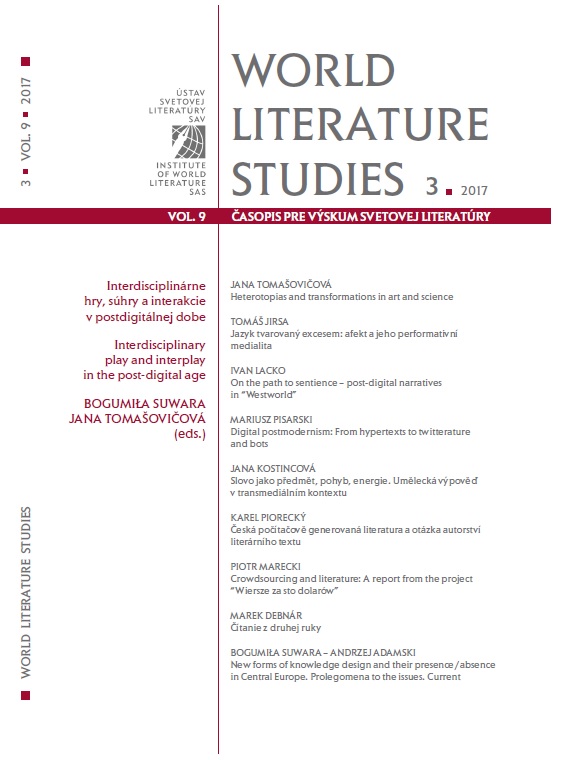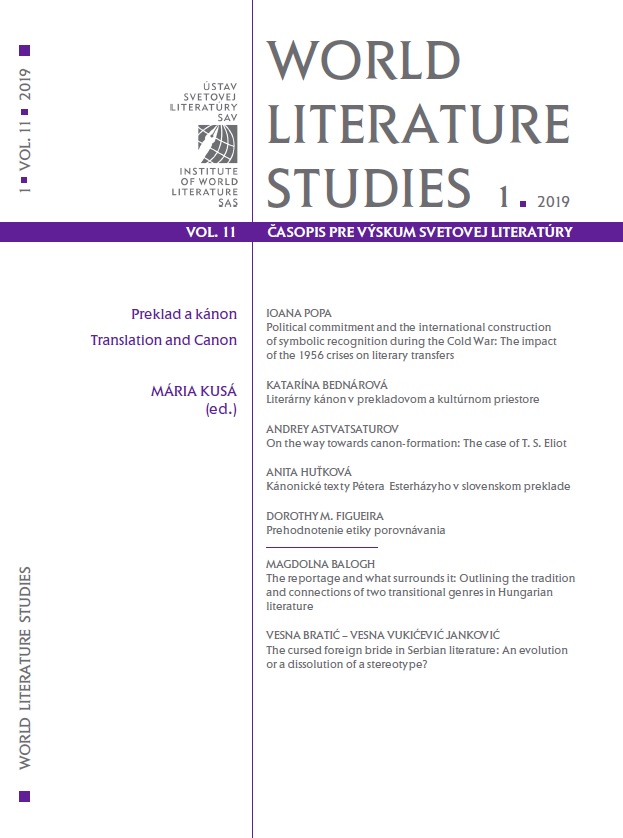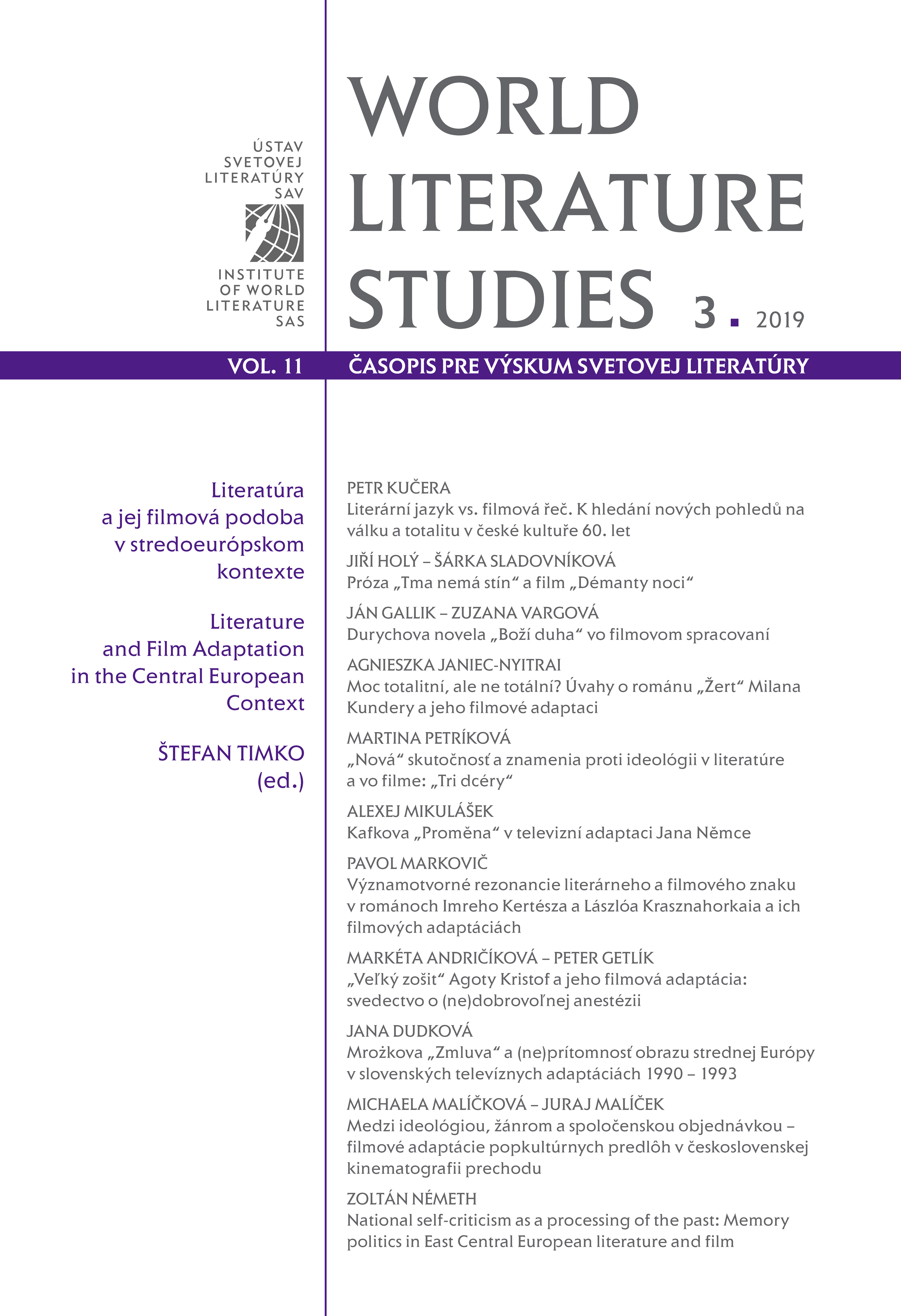
Jazyk tvarovaný excesem
Over the past two decades, the “affective turn” has substantially influenced different humanities such as political theory, sociology, cognitive psychology and aesthetics. Literary studies,however, take a rather distant stance, overlooking affects as unanalysable emotional responsesor mere reader’s affections. Drawing on recent works in media philosophy, film theory and visual anthropology, this paper addresses the questions of what exactly affects do with language and how they operate within a literary text. The first part briefly sketches the strong and weak points of the affective turn and the second part develops the most fruitful concepts relating affects to their forms and transmissions. In order to expand on Ernst van Alphen’s list of the affective operations, the third part examines a few corporeal figures in Edgar Allan Poe’s short stories, exploring their affective mediality triggered by various repetitive patterns.Finally, a hypothesis of the aesthetic nature of affects exceeding borders between different media and aesthetic forms is offered.
More...




